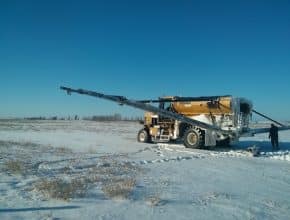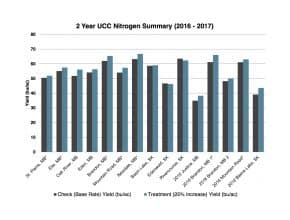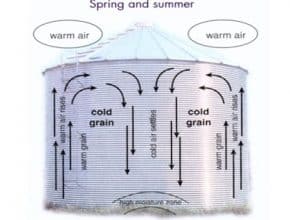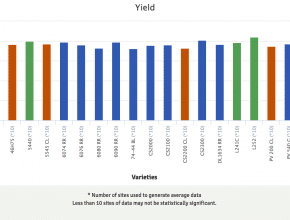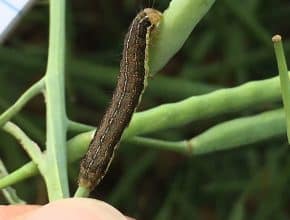Winter is not the time to apply fertilizer. If logistics make it difficult to apply all nutrients around seeding time, the next best option is fall banding. Floating fertilizer over the snow is rarely a positive practice and the risk to farm accounts (from lost fertilizer investment) and the farm environment are just too great…
January 17, 2018 - Issue 1
-
-
UCC field-scale trials in 2016 and 2017 compared the farmer’s base nitrogen rate with a rate 25% higher. With all site years averaged, adding extra nitrogen did provide a statistically significant yield response, but the increased nitrogen did not always provide an economic return when compared to the base rate…
-
-
-
Estimates are for another rise in canola acres in 2018. This will add further short- and long-term yield and agronomy pressure on fields that are already in tight rotations…
-
A reader from southeast of Saskatoon emailed this question: I had a field with bertha armyworms on the perimeter in 2017. Numbers were not quite enough to reach spray thresholds, but very close. (I likely should have sprayed the perimeter.) My plans are to seed the field next to it to canola this year. Will this second field likely have…
-
The Field Heroes website shows how natural enemies can help manage insect pest populations. Scouting is still necessary because beneficial insects do not always keep pest damage below economic levels, but spraying without consideration for economic thresholds can hurt the farm bottomline and also cause unnecessary damage to these beneficial insects…
-
Follow the CCC agronomy team members on Twitter, watch their videos on the YouTube channel and get updates through Facebook…

